There has been a huge increase in the number of wild species coming to gardens to feed, according to the British Trust for Ornithology (BTO). Their Garden Bird Feeding Survey has seen numbers up almost 50% since the 1970s.
You may have noticed that the bird species seen in your garden varies during the year, which is down to a variety of factors, including the winter migration of thrushes such as redwings from Scandinavia to the UK, and the availability of food in the countryside.
This guide discusses seven species to look out for in winter, and what foods they will eat.
Getting a good set of feeders and the right mix of food can have a major impact on a species reproductive success. Learn more about attracting birds to your garden, how to garden for nesting birds, and the discussion around feeding garden birds ethically. Plus, visit our wildlife gardening page for even more advice on attracting a wide range of birds, mammals, amphibians and other wildlife to your garden.
Bullfinch (Pyrrhula pyrrhula)
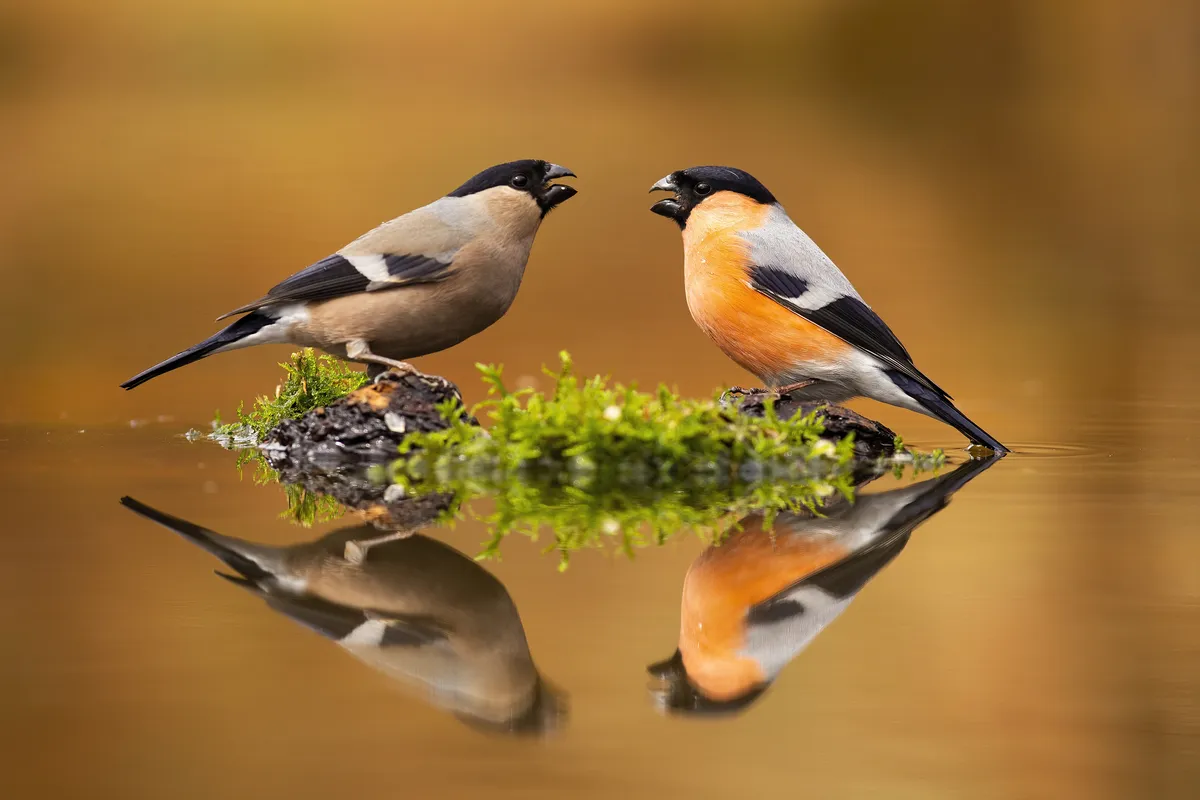
This incredibly striking bird is most likely to be seen in rural gardens that are close to woodland, but the BTO has noted an increase in the numbers turning to garden feeders. This may well be down to newly designed feeders that meet these birds’ distinctive needs. They are easily identified by the black head and face, grey back, white rump and bright pink underparts for the males, and grey-brown colour for females, also with a white rump.
Food to put out for bullfinches: oil-rich sunflower hearts
The scientific name of the bullfinch, Pyrrhula pyrrhula, is an example of a tautonym, where the genus and specific name are the same.
Great spotted woodpecker (Dendrocopos major)
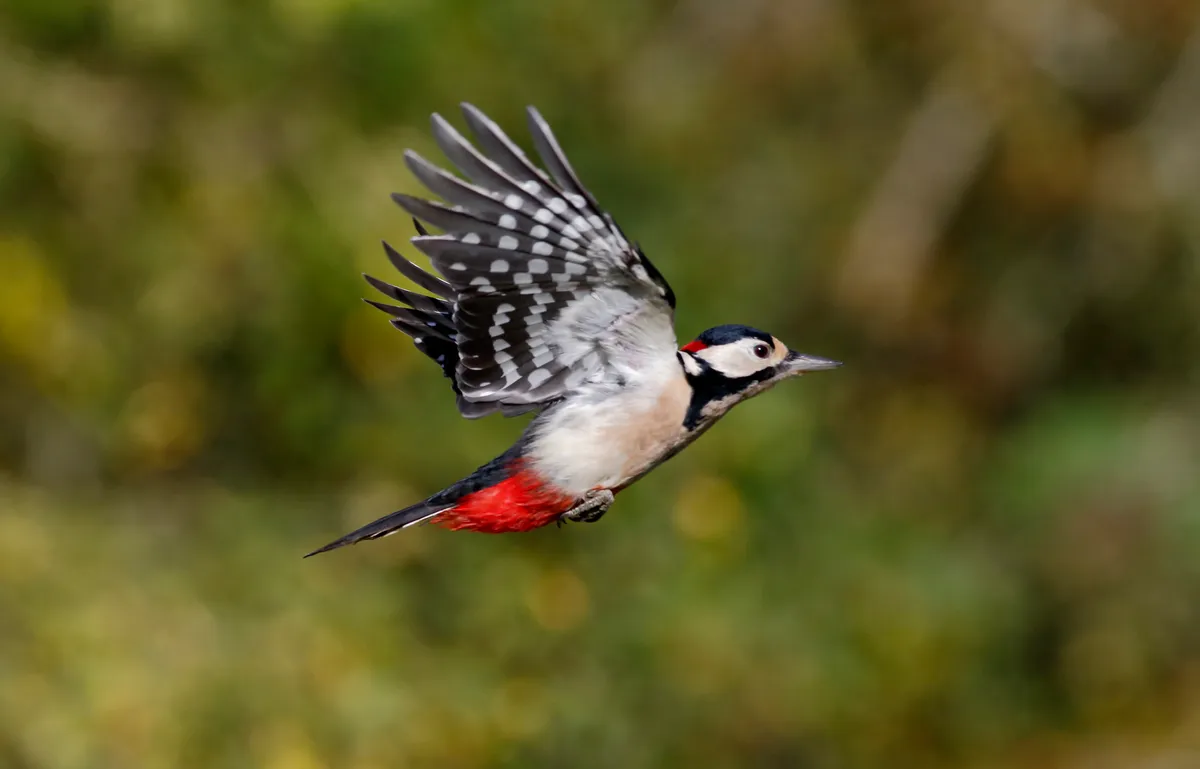
There can be few more exciting garden visitors than the great spotted woodpecker, which is being seen at an increasing number of garden feeders. There’s no mistaking this distinctive black, white and red bird, with its bounding, undulating flight.
And reports from the BTO have shown that supplementary feeding of this species can have a major impact on its reproductive success. Individuals given supplementary food in a Hertfordshire wood were shown to have raised 4.2 chicks per pair, compared to just 2.1 chicks for pairs that didn’t have access to this food.
Food to put out for great spotted woodpeckers: suet blocks and peanuts
Goldfinch (Carduelis carduelis)
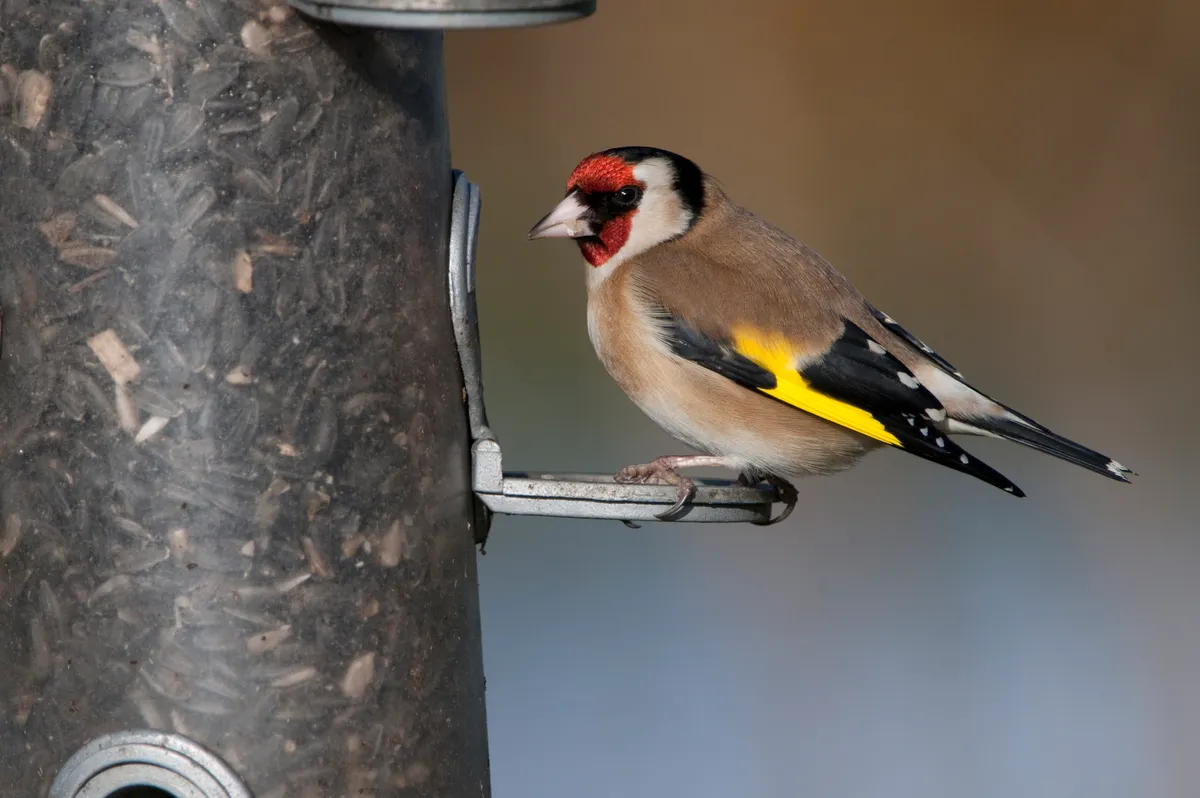
When the weather turns, goldfinches bring a vibrant dose of colour to our gardens. And as the winter starts to take hold, they increasingly turn to feeders. The good news is that numbers of goldfinches are up and they are being spotted more often in gardens.
In 1995 they were seen in just one in eight gardens but by 2012 that number had increased to three in five gardens that took part in the BTO survey. There’s no mistaking the crimson face, gold wing bars and bubbling twittering calls of this bird, which often moves in flocks with other finches, such as siskins.
Food to put out for goldfinches: oil-rich nyger seed and sunflower hearts
The scientific name of the goldfinch, Carduelis carduelis, is an example of a tautonym, where the genus and specific name are the same.
Blue tit (Cyanistes caeruleus)
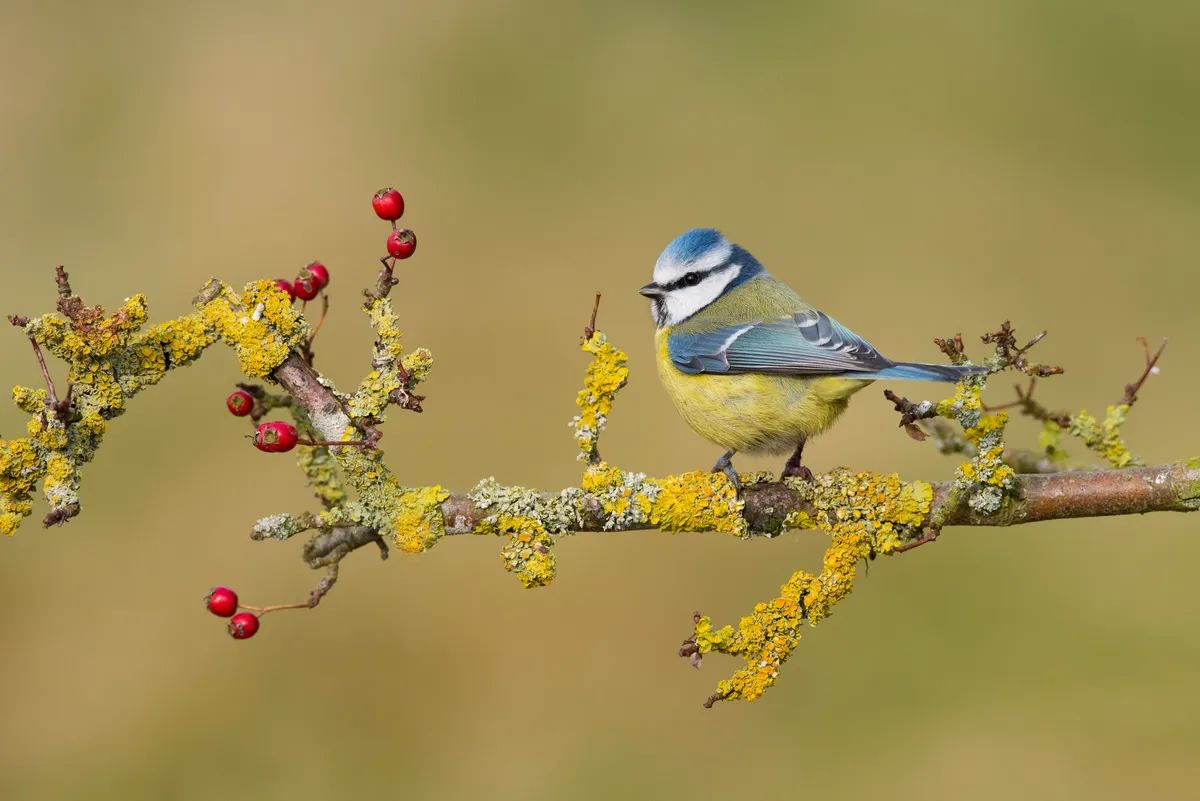
This is one of the most commonly reported birds in British gardens. Like the great spotted woodpecker, research has revealed that supplementary feeding can have a significant impact on reproductive success.
But the report, carried out in conjunction with the BTO, suggested supplementary feeding could have a negative impact on breeding success. It highlighted the need for a balanced nutritional mix. A diet that was too fatty made it difficult to get the resources needed for yolk formation, while diets that included vitamin E helped to mitigate this. There is, however, mounting evidence that garden blue tits survive better than their rural counterparts.
Food to put out for blue tits: mealworms and suet
Redwing (Turdus iliacus)
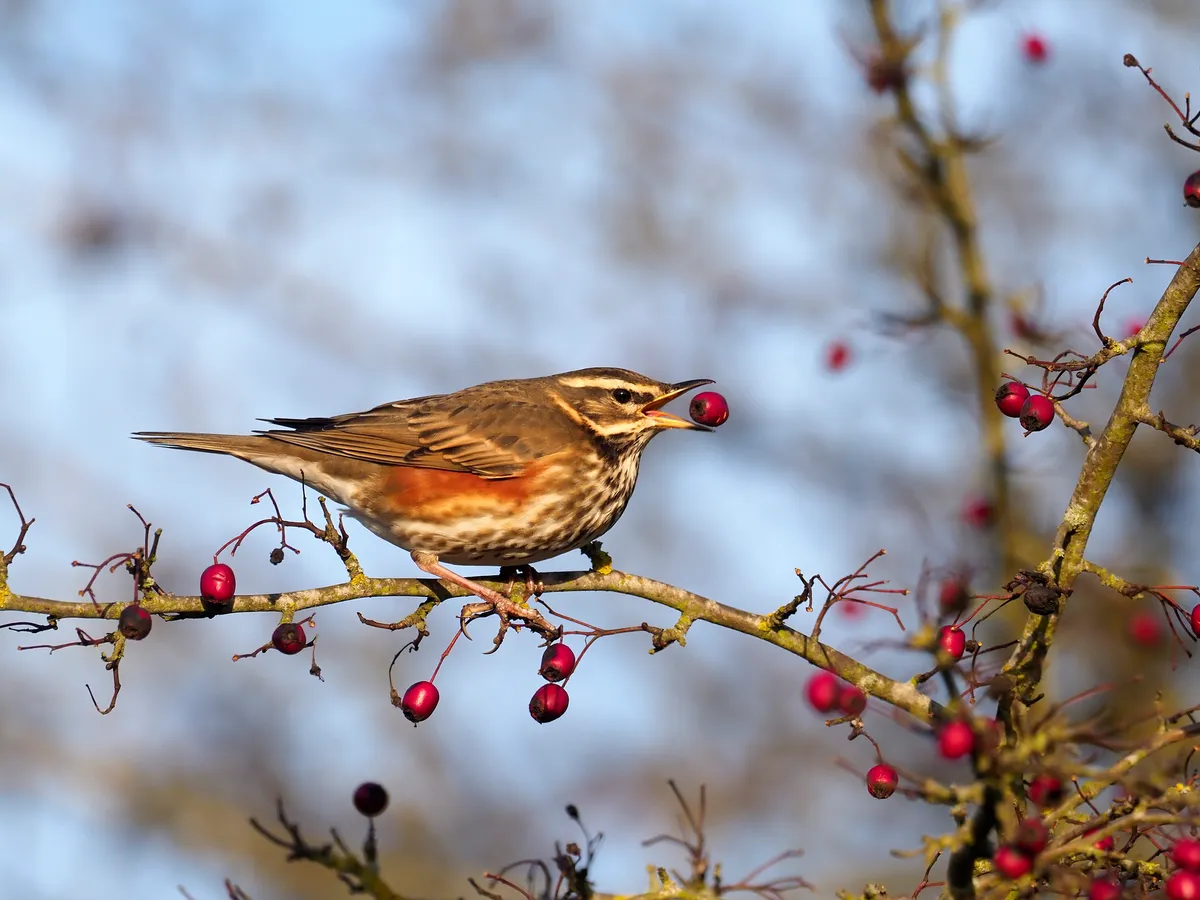
This is the smallest thrush seen in Britain, a winter visitor from Iceland and Scandinavia. It’s easily identified by the distinctive orange-red flank and stripes above and below the eye. The arrival of redwings in your garden is a clear sign that winter has set in, snow is covering the ground and that these birds are finding it harder to get at invertebrates in the wider countryside. They are particularly picky about their food and are known to travel long distances to eat.
Food to put out for redwings: fruit and mealworms
Blackcap (Sylvia atricapilla)
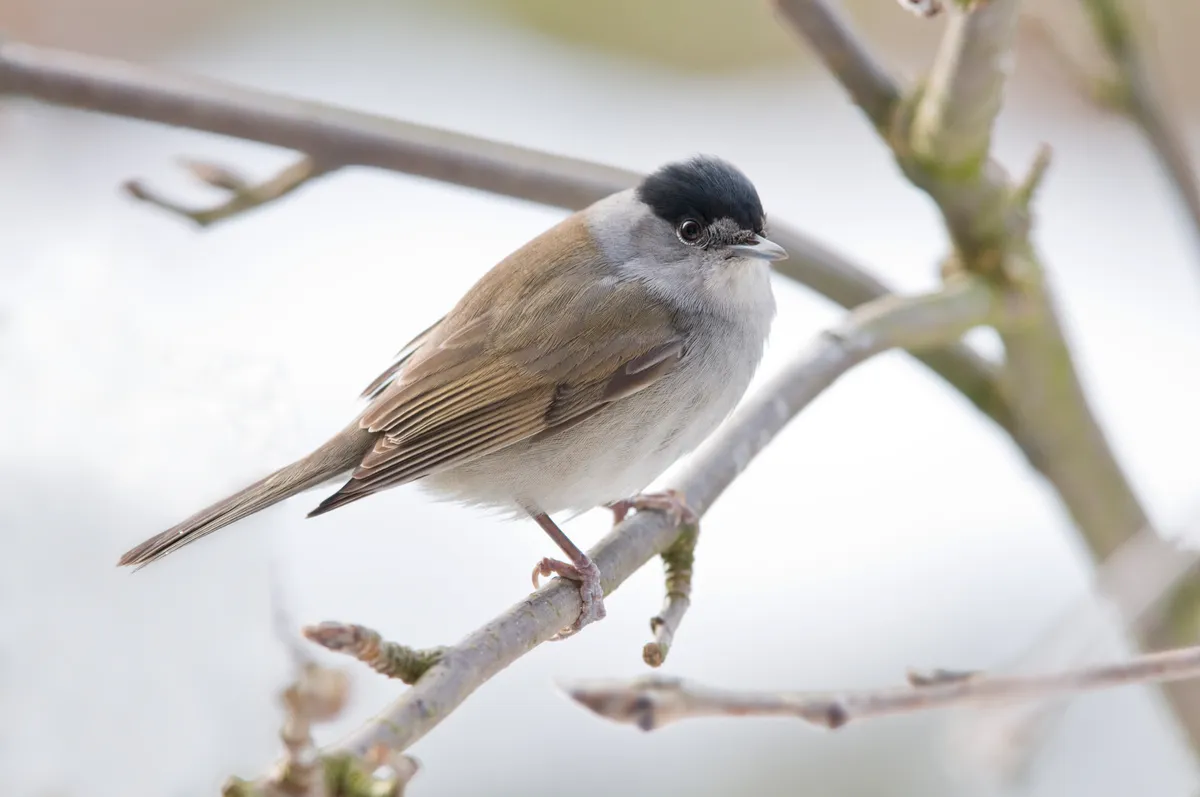
If the blackcap is a bird you associate with a spring dawn chorus or summer’s day, then prepare yourself for a surprise. The BTO has reported an increase in this species visiting gardens in winter, in what they describe as a ‘remarkable evolutionary event’.
Blackcaps tend to be relatively sedentary as the weather gets colder, and favour food like berries and fat. This may partly explain their growing tendency towards gardens. In fact, supplementary feeding, along with a warming climate, is attracting birds from central Europe as our summer migrants fly to Africa for the winter. These birds tend to be quite aggressive at the bird table.
Food to put out for blackcaps: fat balls
Pied wagtail (Motacilla alba)
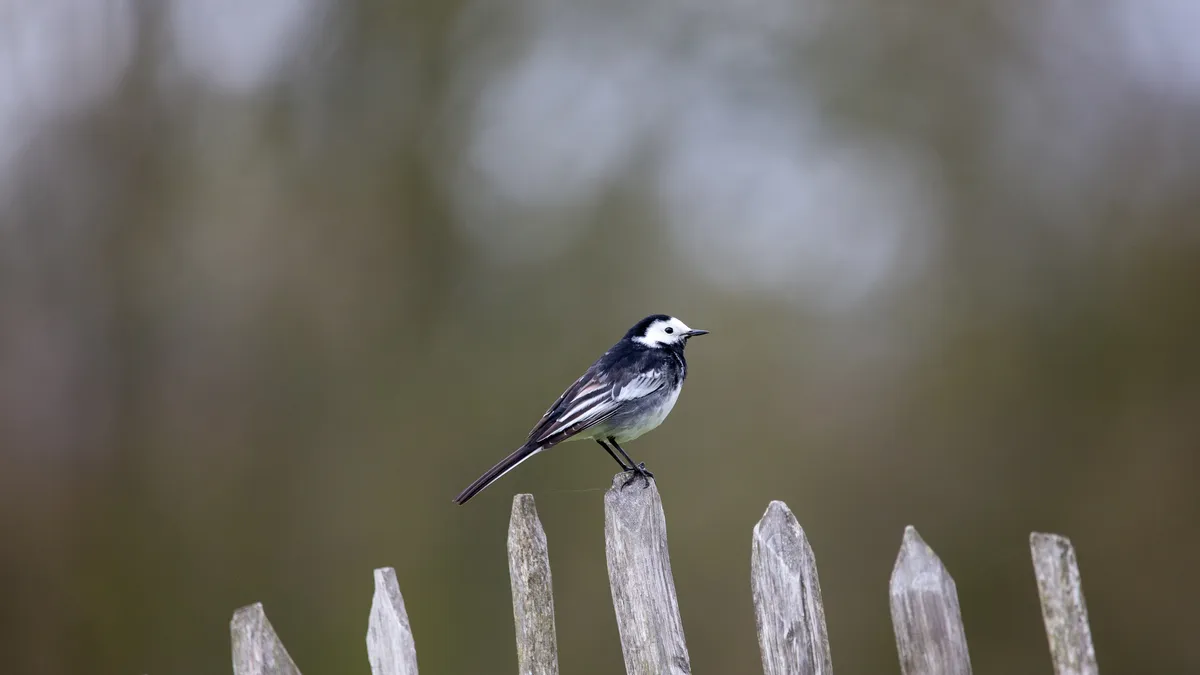
There’s no mistaking this constantly moving black and white bird, with its distinctive long tail bobbing up and down. It is as the weather gets colder that pied wagtails really start to rely on food in gardens. They tend to feed on small insects, so cold weather makes sourcing food naturally far more difficult. They tend to flock together to roost, and as with other roosting birds, their strategy for finding food is to follow birds that are in the best condition.
Food to put out for pied wagtails: ground-up peanuts, suet on the ground and finely grated cheese
Main image: A female blackcap on a branch in winter. © Mark L Stanley/Getty
